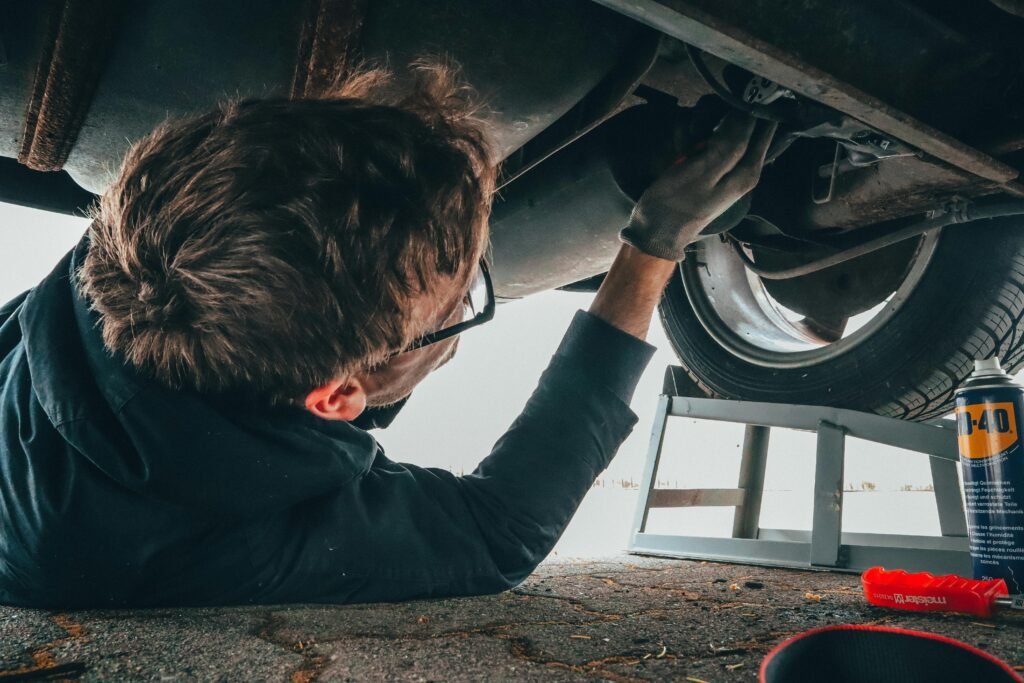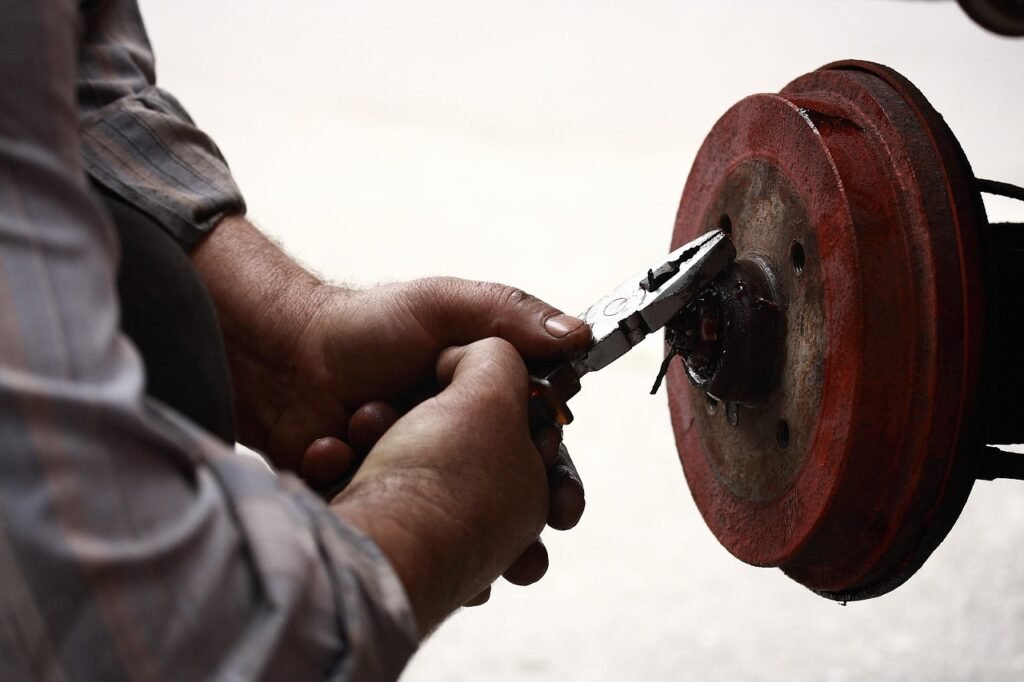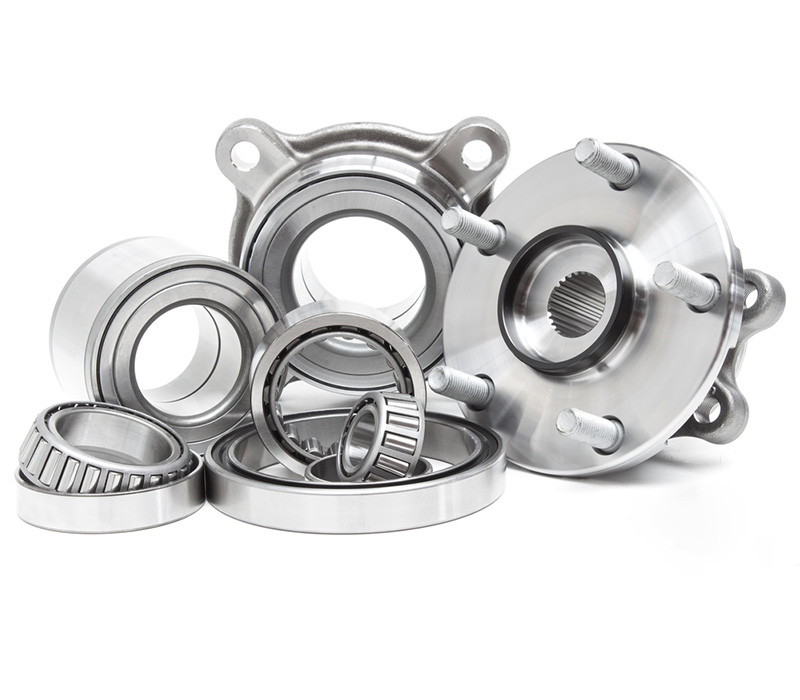When a car starts producing that faint humming noise from the front wheel, it’s often a sign that the wheel bearing is wearing out. In this case, the technician checks and confirms that the Generation 1 Hub Bearing needs to be replaced. Though it might look like a simple component, this part plays a critical role in ensuring smooth rotation, stable handling, and overall driving safety.
What Is a Generation 1 Hub Bearing?
A Generation 1 hub bearing—often called Gen 1 wheel bearing—is the most basic form of wheel bearing design used in many passenger vehicles. It typically consists of a double row angular contact ball bearing that fits directly into the wheel hub or knuckle. Unlike later generations, it doesn’t have an integrated flange or ABS sensor. Instead, it requires a press-fit installation using specialized tools.
This type of bearing has been used widely in vehicles from the 1990s through the early 2010s and remains a cost-effective, reliable solution for many compact and mid-sized cars today.
Real-World Repair Scenario
Imagine a Honda Civic owner visiting a local repair shop because of a grinding noise while turning. The technician raises the vehicle, rotates the front wheels, and detects play in the hub assembly. After diagnosis, the issue is traced to a worn-out Generation 1 hub bearing.
The replacement process begins by removing the wheel, caliper, and rotor. The old bearing is pressed out from the steering knuckle using a hydraulic press, and a new bearing is carefully installed. Once reassembled, the vehicle’s wheel rotation becomes smooth again, and the noise disappears—proof of the bearing’s critical role in wheel stability.

Why Generation 1 Hub Bearings Still Matter
Even though newer generations (Gen 2 and Gen 3) integrate more components—like flanges and sensors—Gen 1 hub bearings continue to serve millions of vehicles worldwide. Their main advantages include:
- 🔧 Ease of Replacement: Simple structure means easier maintenance for mechanics.
- 💰 Cost Efficiency: Lower production and replacement cost compared to newer types.
- ⚙️ Reliable Design: Proven double-row bearing design ensures stability under load.
- 🚙 Versatility: Suitable for a wide range of vehicle models.
For aftermarket suppliers, Generation 1 bearings are still a major product category because many older but still popular vehicles—like the Toyota Corolla, Honda Civic, and Ford Focus—use this bearing type.
Key Features and Materials
Most Gen 1 bearings are made from high-carbon chromium steel, providing excellent wear resistance and durability. They use precision-ground raceways and double-lip seals to keep out dust and moisture, extending service life. Premium manufacturers also use high-quality lubricants that withstand high temperatures and heavy loads.
Some upgraded aftermarket bearings include integrated magnetic encoder rings, allowing compatibility with ABS systems. These enhancements improve performance while maintaining the same installation dimensions as the original part.

Importance for Vehicle Safety
A failing wheel bearing can lead to serious issues—vibration, uneven tire wear, steering instability, or even wheel detachment in extreme cases. That’s why regular inspection and timely replacement of hub bearings are crucial.
When properly maintained, a Generation 1 hub bearing ensures:
- Smooth wheel rotation
- Reduced friction and noise
- Accurate wheel alignment
- Longer tire and suspension lifespan

The Future of Hub Bearing Design
While the automotive industry continues moving toward integrated hub assemblies (Gen 2 and Gen 3) to simplify manufacturing and improve performance, Gen 1 hub bearings remain vital in the global aftermarket. Their cost-effectiveness and proven reliability make them a cornerstone of vehicle maintenance for millions of cars still on the road.
Conclusion
The Generation 1 hub bearing might look like a small part, but it’s essential to the safety and performance of any vehicle. Whether you are a car owner noticing unusual wheel noise or an automotive technician maintaining older models, understanding the value of this bearing helps ensure better performance and reliability.
If you’re searching for high-quality Generation 1 hub bearings, choose a trusted supplier that provides OEM-level precision and long-lasting performance. Investing in a reliable hub bearing means investing in safety, comfort, and peace of mind on every journey.


